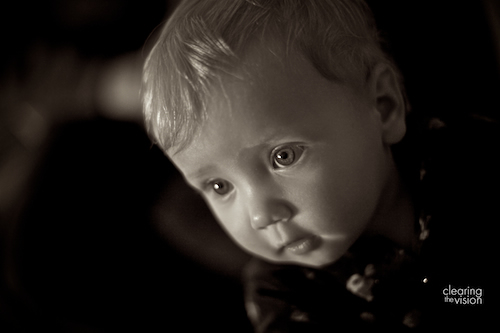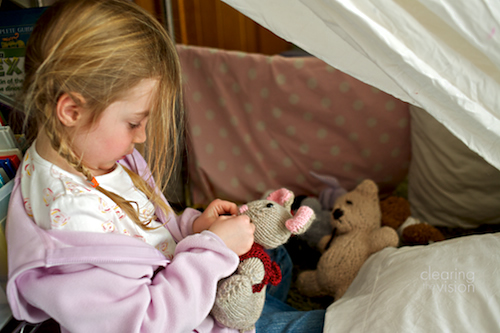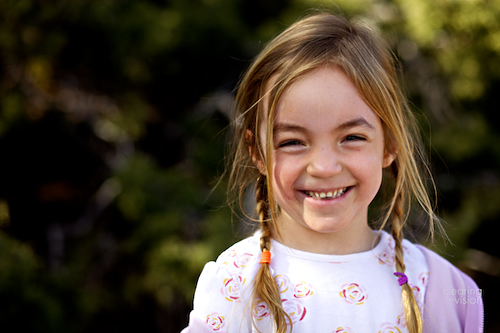
I completely agree with David duChemin that gear is good, but vision is better. That said, here comes a partly gear-related post.
Regular readers will remember I recently had a clear out of some of my lenses that I wasn’t using regularly.
At the time, I thought my most likely purchase with the money would be a swish 35mm f/1.4 lens, but as I thought more about it, and picked up some more tips and ideas at the WPPI conference, a new plan emerged.
It was cemented after I did a recent baby shoot in quite a dark house (images to follow when the clients have seen them). The low-light capabilities of my old 5D were beginning to cause me problems.
Firstly, even when using the center focus point (which is almost always the only focus point I use) it would hunt for focus in low light. It was a bit of a problem when I did the Tumbledown party portraits, but even more of an issue this time. And the baby wasn’t exactly speeding around – had it been a fast 2-year-old, then I’d have been in even more trouble.
Secondly, when I reviewed the images afterwards, I wasn’t that happy with the noise generated at the high ISOs I’d had to employ. It would be fine for smaller prints, but larger ones would show it.
So I wanted a camera with better noise control at high ISOs, and more reliable focus. And I wanted to try shooting with two bodies at the same time, to minimize the time spent changing lenses. (Oh, and HD video was also something I wanted to play with.)
Throw in a great price I found for a Canon-refurbished body, everything was pointing towards a new body instead of a high-end lens.
Shooting with two cameras at once
So I’m now the proud owner of a Canon EOS 5D Mark II (which means Canon will be announcing the 5D Mark III any day now), and one of the first things I wanted to try was shooting with both it and my old 5D at the same time (light conditions permitting).
Instead of the 35mm f/1.4 for $1400, I’d also picked up the Canon EF 35mm f/2 for around $300 (although Amazon are currently showing it as much more expensive – perhaps due to the disaster in Japan?), and so with my daughter as my willing test subject I took some shots at home before we went exploring through the arroyo and hillside across from our house.


The 35mm f/2 was on the 5D and the 85mm f/1.8 on the 5D II.
The idea is that you can tell a wider range of stories with both the wide angle lens and the classic portrait lens at your disposal more or less instantly with no lens swapping.
This, while still getting the prime lens image quality and being able to shoot at the kind of apertures that primes offer that zooms don’t – ie. under f/2.8.
I really liked the flexibility it gives me, while still making me thing about how I’m composing the shot, and what I’m trying to say with each image.
It’s obviously not quite as quick as just sticking a zoom on one camera body, but I welcome the constraints and love the image quality I can get while still being flexible.
Next steps for the two-camera approach
Using two cameras, you can prepare for all sorts of situations with by choosing different lens combinations.

Press photographers often go with a medium zoom (say 24-70mm) on one body and and a longer zoom (say 70-200mm) on the other, to give them instant access to a really wide range of focal lengths.
The 35mm and 85mm setup would be good for weddings and other events as well as the environmental portraits I was doing here. Or stepping it up to a 50mm and a 135mm for sports work could yield good results too.
Having two large cameras hanging off you isn’t very discrete, and I’d only really do it if I was somewhere specifically for the purpose of taking photographs – it’s not a casual set up.
But I’m happy with the way it worked out, and looking forward to adding it to my arsenal on a real shoot.
